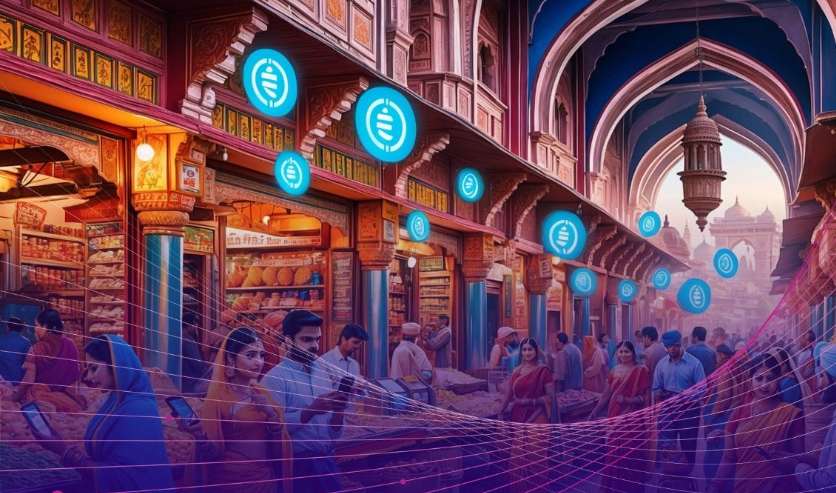India is redoubling its efforts to improve cross-border mobile payment systems and incorporate central bank digital currencies (CBDCs) into its financial ecosystem.
To establish seamless cross-border payment platforms, Reserve Bank of India (RBI) Deputy Governor T Rabi Sankar disclosed ongoing collaborations with countries such as Bhutan, Nepal, the United Arab Emirates, and Sri Lanka, according to a Bloomberg report.
“We have one arrangement with Sri Lanka. We are working out with other countries like UAE and some neighboring countries as well.”
The RBI is also collaborating with the central banks of ASEAN to establish an immediate regional payment framework.
The RBI officials, including Sankar, emphasized a cautious approach despite the significant advancements, indicating that the digital rupee’s wider public rollout will only proceed after comprehensive impact assessments on banking systems and monetary policies.
Cross-Border Mobile Payments: India’s Plan to Implement CBDCs
Discussions with the UAE and other neighboring nations are ongoing, and India has already established payment agreements with Bhutan, Nepal, and Sri Lanka.
These partnerships aim to increase trade efficiency, reduce remittance costs, and facilitate immediate settlements for millions of Indian expatriates in these regions.
This vision encompasses establishing an integrated payments network within the framework of Project Nexus, an initiative of the Bank of International Settlements (BIS), and ongoing collaborations with ASEAN central banks.
These developments are significantly influenced by India’s hallmark Unified Payment Interface (UPI).
The UPI has been adopted as a global paradigm for instant payment systems due to its scalability and efficiency.
By 2026, India and its ASEAN counterparts intend to establish a regional payments infrastructure by integrating UPI with similar systems, such as Singapore’s PayNow, to enable seamless transactions across borders.
Nevertheless, obstacles persist. The importance of adhering to anti-money laundering (AML) and combating the financing of terrorism (CFT) regulations has been emphasized.
The RBI addresses these issues by incorporating advanced security measures into its payment systems and conducting rigorous pilot programs.
The Future of the Digital Rupee
The Digital Rupee pilot, initiated in 2022, has attracted attention due to its potential to transform cross-border commerce and remittances.
The Reserve Bank of India has prioritized the assessment of security protocols and the currency’s influence on monetary policy and financial stability, with approximately five million users participating in the pilot.
RBI officials regard CBDCs as a transformative instrument for modernizing financial systems.
CBDCs are issued and regulated by central banks, which ensures sovereign stability and reduces the risks associated with market volatility in contrast to cryptocurrencies.
The Digital Rupee’s offline capabilities also facilitate financial inclusion in rural areas with restricted internet access.
Despite its benefits, the RBI still needs to be bold in implementing the program on a large scale.
Before committing to a timeline, Deputy Governor Sankar underscored the significance of comprehending the long-term implications of CBDCs.
“We are in no hurry to roll it out immediately. Once we have some visibility of what the outcome or impact will be, we’ll roll it out. We don’t keep a specific timeline for that.”
According to a recent report, the RBI is applying a cautious approach to implementing its CBDC, the e-rupee.
Despite incentives such as salary disbursements via CBDC, the e-rupee has experienced slow adoption, with only 1 million retail transactions by mid-2024 since its inception in December 2022.
By mid-2024, India’s e-rupee pilot has attracted more than 5 million consumers despite its numerous obstacles.
Also, a recent report indicates that India may prohibit using cryptocurrencies such as Bitcoin and Ether in investigating the adoption of CBDC.



